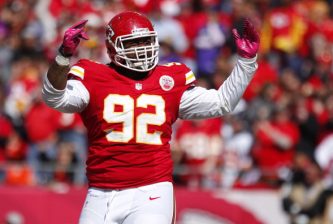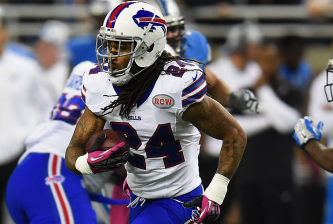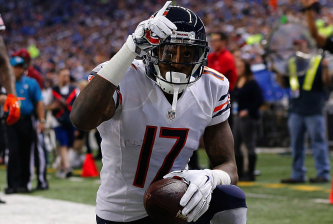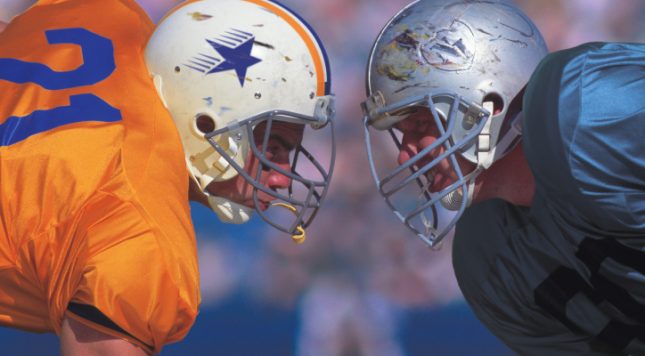You can’t follow football today without being aware of the brain injury crisis plaguing the game. Not only have numerous players suffered premature deaths linked the CTE – chronic traumatic encephalopathy – but there have even been books and a feature film made about the crisis.
Still, many people, including football fans, have found themselves wondering whether the NFL and related leagues are taking the crisis seriously enough. Yes, the NFL and NFLPA have banned several types of helmets that they believe don’t provide sufficient protection, but could they be doing more?
Seeing The Signs
One step toward addressing the CTE crisis among football players, both professional and college-level players, who may also experience the necessary level of trauma, is to recognize the signs of brain injury early on.
Although most football players suffer repeated brain injuries, many of those incidents are not diagnosed. Common symptoms of brain injury like headache and irritability can easily be disguised, and misconceptions about traumatic brain injuries, such as that you have to lose consciousness, allow players and coaches alike to write off a hard hit.
Another issue at play in both league-level and medical handling of CTE is that, while concussions are very common in football, lower level damage can contribute to the condition as well. Rather, CTE is caused by tearing along the brain’s axons, which can occur with other types of impact. This means that players can experience concussions that go undiagnosed – a common event – as well as other impacts that, despite not reaching the level of a concussion, contribute to the development of CTE.
A Matter Of Equity
CTE has presented a number of challenges to the NFL and other football organizations, but some have felt they have license to avoid the issue because it cannot be officially diagnosed until an autopsy is performed. That being said, one of the most common late-stage manifestations of CTE is dementia, and that can be diagnosed pre-mortem.
This year, the NFL was made to address a particular concern over dementia testing in court; the league uses a practice known as “race-norming” to evaluate players for dementia, which can make it harder for Black athletes to prove damages. In a sport that is predominately black, and which, for many young Black men represents one of the best paths out of poverty, this is a major equity concern. It was, however, dismissed by the courts.
As more NFL players die and donate their brains to CTE research programs, the sport will need to reckon more seriously with CTE among players, who it puts at risk, and why. Given how recently the condition has been discovered and how wide-ranging it can be, we’re likely to see a growing number of cases year over year. This isn’t a crisis the sport can avoid – not the players, coaches and investors, or even fans – and to overlook these injuries is to say that these athletes are fine enough to offer entertainment and be paid handsomely for it, but that they aren’t worthy of protection so that they can enjoy their lives beyond the game.




